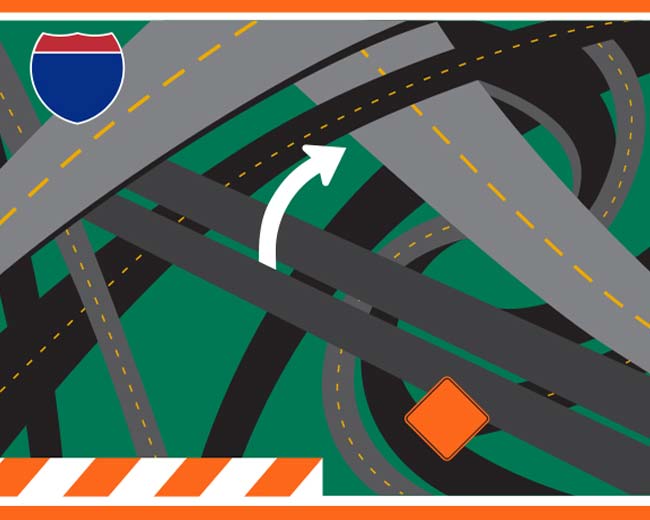The Good Roads Movement
The Wheelmen
Roads in the United States during the 19th century were mostly unpaved, filled with ruts, and nearly impossible to navigate. And with the popularity of railroads, little attention was paid to road conditions. But the inventions of the bicycle and the pneumatic tire during the last two decades of the 19th century changed everything. Roads were no longer only for commerce. Millions of bicyclists, known as wheelmen, were hitting the streets for sport and leisure.

